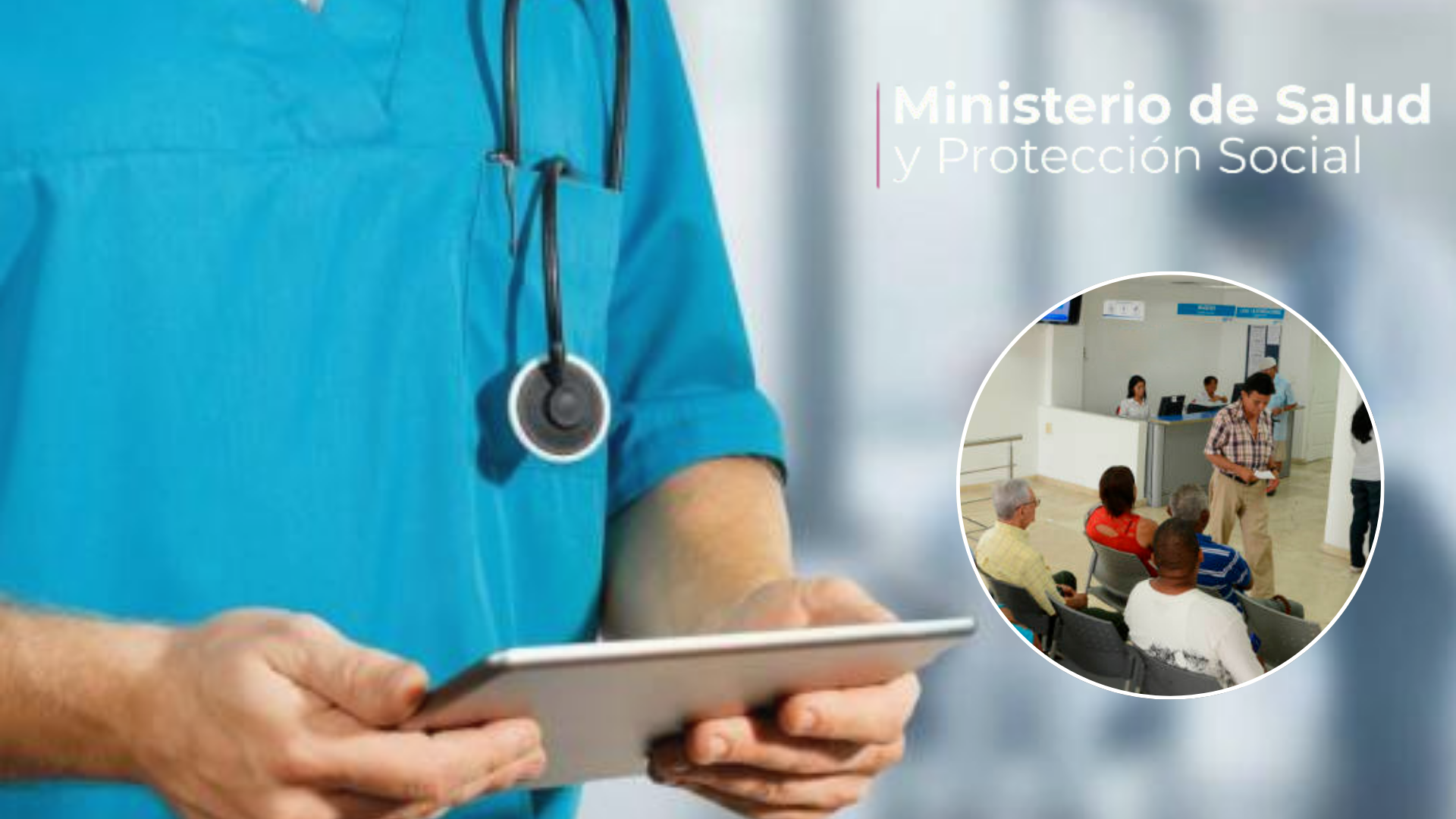Until when can children be enrolled in their parents' EPS? These are the requirements.

Since 2014, in Colombia, children of contributory health plan members can remain in their parents' EPS until age 25 , provided they meet certain conditions.
This is established by Decree 1164, issued on June 28 of that year, with the aim of preventing young people transitioning to working life from being left without health protection.
According to regulations established by the Ministry of Health, young adults who continue to depend financially on their parents can be included as beneficiaries of the family EPS.
This applies to those who are studying, unemployed, or lack sufficient income to contribute to the system.
The process must be managed by parents through their EPS, presenting documents certifying their child's financial dependency or, if applicable, their student status.
Health care providers are required to record this information and ensure full access to medical services for these beneficiaries.

Some health insurance companies still require academic certificates. Photo: Ministry of Health / iStock
If the young person is formally employed, has a service provision contract, or is self-employed with the ability to pay , they must join the system as a contributor and cannot remain a beneficiary.
Furthermore, although some EPSs continue to require academic certificates, current legislation—including Decree 780 of 2016 and Article 218 of Law 1753—does not consider this requirement mandatory.
If a health insurance company requires it, users can file a complaint with the National Health Superintendency.
Direct change in the Colombian health system: more state control, but no improvements in care Since April 2024, the national government, through decree 0489, implemented a direct transfer strategy through the Administrator of Resources of the General Social Security System in Health (Adres).
This measure seeks to ensure that public funds do not go through Health Promotion Entities (EPS), but are instead paid directly to hospitals, clinics, and other healthcare institutions.
The intention is to improve the efficiency of the use of funds and reduce intermediation.
Direct spin: figures and scope In 2024, 57% of the resources for services covered by the Capitation Payment Unit (UPC) were transferred directly by Adres, totaling $48.1 billion. So far in 2025, through April, the figure has risen to $20.5 billion.
The government also controls more than 60% of the system's affiliates through nine EPSs under intervention and one under special surveillance.
Currently, direct transfers are limited to 80%, but a new draft decree seeks to increase this to 90%. Even so, the EPSs continue to nominate the IPSs that receive the funds, maintaining a certain degree of intermediation.

The rate of complaints per 10,000 members has increased. Photo: iStock
According to the Health Superintendency, the rate of complaints per 10,000 members has increased in eight of the nine EPSs that were intervened.
Sanitas, for example, recorded a 19% increase in user complaints between 2023 and 2024, reaching more than 23,000 monthly complaints in the first months of 2025.
The same is true for Nueva EPS, whose PQRD rate went from 21.26 in February 2024 to 34.88 in February 2025, the highest in three years. In addition, several service providers have stopped serving members due to unpaid debts.
*This content was written with the assistance of artificial intelligence, based on publicly available information released to media outlets. It was also reviewed by a journalist and an editor.
More newseltiempo

%3Aformat(jpg)%3Aquality(99)%3Awatermark(f.elconfidencial.com%2Ffile%2Fbae%2Feea%2Ffde%2Fbaeeeafde1b3229287b0c008f7602058.png%2C0%2C275%2C1)%2Ff.elconfidencial.com%2Foriginal%2F015%2F665%2F3e2%2F0156653e27e4cb906056406f98bdccf3.jpg&w=1280&q=100)

%3Aformat(jpg)%3Aquality(99)%3Awatermark(f.elconfidencial.com%2Ffile%2Fa73%2Ff85%2Fd17%2Fa73f85d17f0b2300eddff0d114d4ab10.png%2C0%2C275%2C1)%2Ff.elconfidencial.com%2Foriginal%2F665%2F28d%2Ff39%2F66528df3982054ce4779f5b4ef7d7ccf.jpg&w=1280&q=100)

%3Aformat(jpg)%3Aquality(99)%3Awatermark(f.elconfidencial.com%2Ffile%2Fa73%2Ff85%2Fd17%2Fa73f85d17f0b2300eddff0d114d4ab10.png%2C0%2C275%2C1)%2Ff.elconfidencial.com%2Foriginal%2Fc5e%2F4da%2F353%2Fc5e4da353859baa32434dd72ff8bf593.jpg&w=1280&q=100)